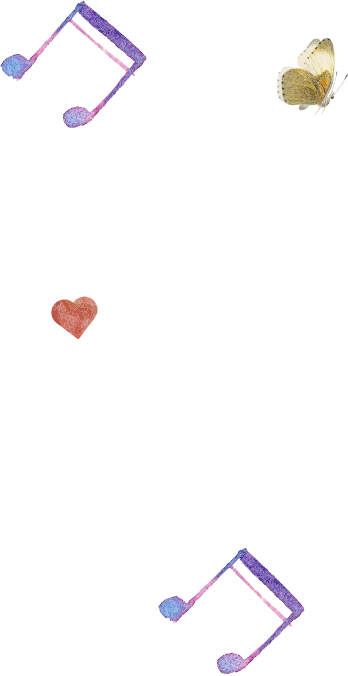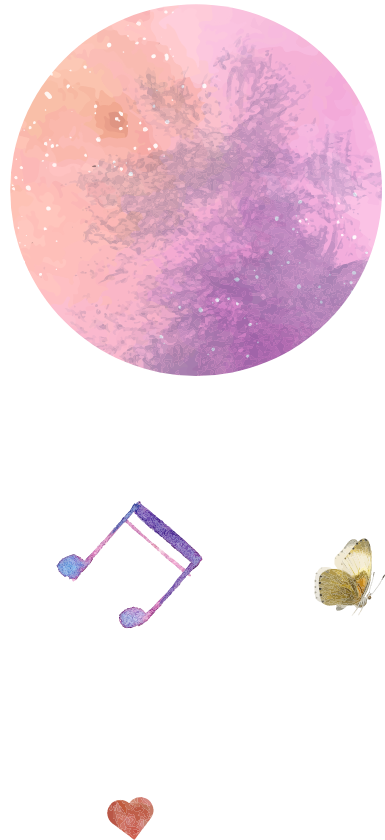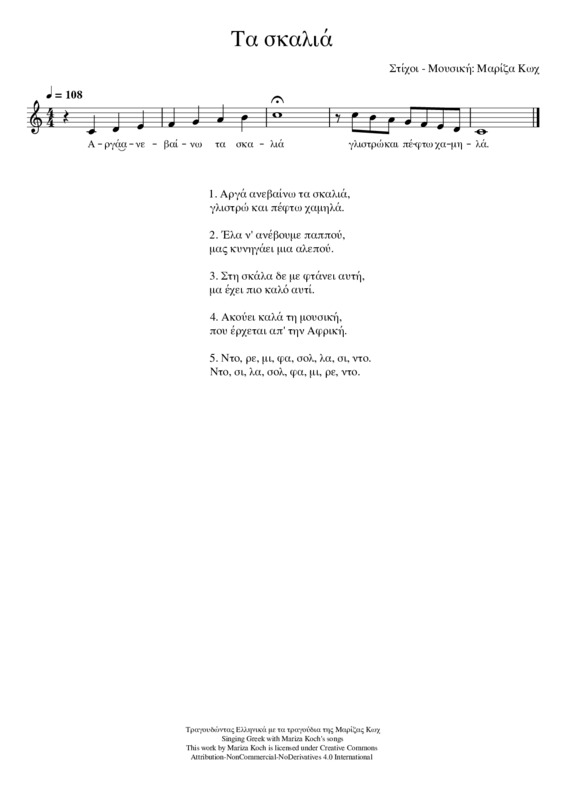
Ta skalia

Ta skalia
Pronunciation
Phonemic awareness activity: the pupils recite the verses syllabically by clapping each syllable. Next, the pupils are asked to identify the number of syllables specific words have.
Search for words that start with the same syllables as the notes on the tone ladder. For example note Ντο=Ντομάτα (D=Domata, C=Tomato), Ρε=Ρεβύθι (Re=Revythi, D=Chickpea), Μι=Μήλο (Mi=Mēlo, E=Apple), Φα=Φασόλια (Fa=Phasolia, F=Beans), Σολ=Σολωμός (Sol=Solōmos, G=Salmon), Λα=Λαγάνα (La=Lagana, A=Lagana), Σι=Σιρόπι (Si=Siropi, B=Syrup). The same can be done thematically with other words in relation to the notes.
Search for words that start with the same syllables as the notes on the tone ladder. For example note Ντο=Ντομάτα (D=Domata, C=Tomato), Ρε=Ρεβύθι (Re=Revythi, D=Chickpea), Μι=Μήλο (Mi=Mēlo, E=Apple), Φα=Φασόλια (Fa=Phasolia, F=Beans), Σολ=Σολωμός (Sol=Solōmos, G=Salmon), Λα=Λαγάνα (La=Lagana, A=Lagana), Σι=Σιρόπι (Si=Siropi, B=Syrup). The same can be done thematically with other words in relation to the notes.
Speech Comprehension and Production
Search for surreal elements in the lyrics of the song (e.g. fox, Africa).
Create lyrics based on the spirit of the original song, using another animal, another person and another country of your choice (creative writing work in groups).
Create lyrics based on the spirit of the original song, using another animal, another person and another country of your choice (creative writing work in groups).
Music Activities
Sing using hand signs or solfége on air indicating the changes of the pitch following the rhythm.
Sing the C major scale with movement of different parts of the body (hands, fingers, feet, body) following the pitch.
Play slow or fast in various combinations (e.g. slow ascent - fast descent).
Song in canon.
Perform the C major scale on pitched percussion or melodic instruments (xylophone, glockenspiel, melodic chime bars, melodic bells, recorder, etc.).
Accompany the song using body percussion.
Percussion instruments from Africa: view of audiovisual material and dance in the classroom.
Sing the C major scale with movement of different parts of the body (hands, fingers, feet, body) following the pitch.
Play slow or fast in various combinations (e.g. slow ascent - fast descent).
Song in canon.
Perform the C major scale on pitched percussion or melodic instruments (xylophone, glockenspiel, melodic chime bars, melodic bells, recorder, etc.).
Accompany the song using body percussion.
Percussion instruments from Africa: view of audiovisual material and dance in the classroom.
Cross-thematic Connections - Greek Culture
Interdisciplinary concept: space (concept of height).
Examples from nature (development of plants, animals and humans) and technological culture (construction projects).
Presentation of paintings that depict stairs and creation of corresponding works of art by the pupils.
Solutions that people have found in order to overcome the limits of space in relation to height (stairs, elevators, balloons, planes, cranes) and their need to reach higher and higher (from mountaineering to traveling to the moon).
Examples from nature (development of plants, animals and humans) and technological culture (construction projects).
Presentation of paintings that depict stairs and creation of corresponding works of art by the pupils.
Solutions that people have found in order to overcome the limits of space in relation to height (stairs, elevators, balloons, planes, cranes) and their need to reach higher and higher (from mountaineering to traveling to the moon).
Age level
3-7 years old
Language level
Beginner
Music




